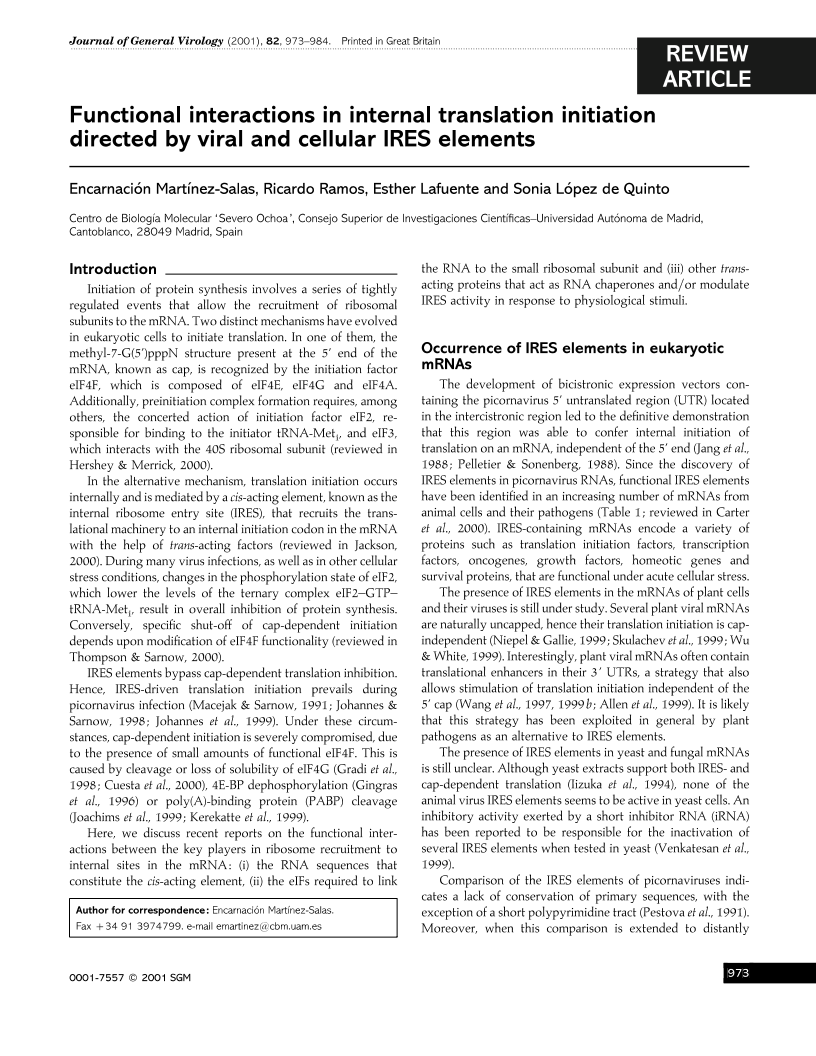
Full text loading...

Functional interactions in internal translation initiation directed by viral and cellular IRES elements, Page 1 of 1
< Previous page | Next page > /docserver/preview/fulltext/jgv/82/5/0820973a-1.gif
There is no abstract available.

Article metrics loading...

Full text loading...
References


Data & Media loading...
